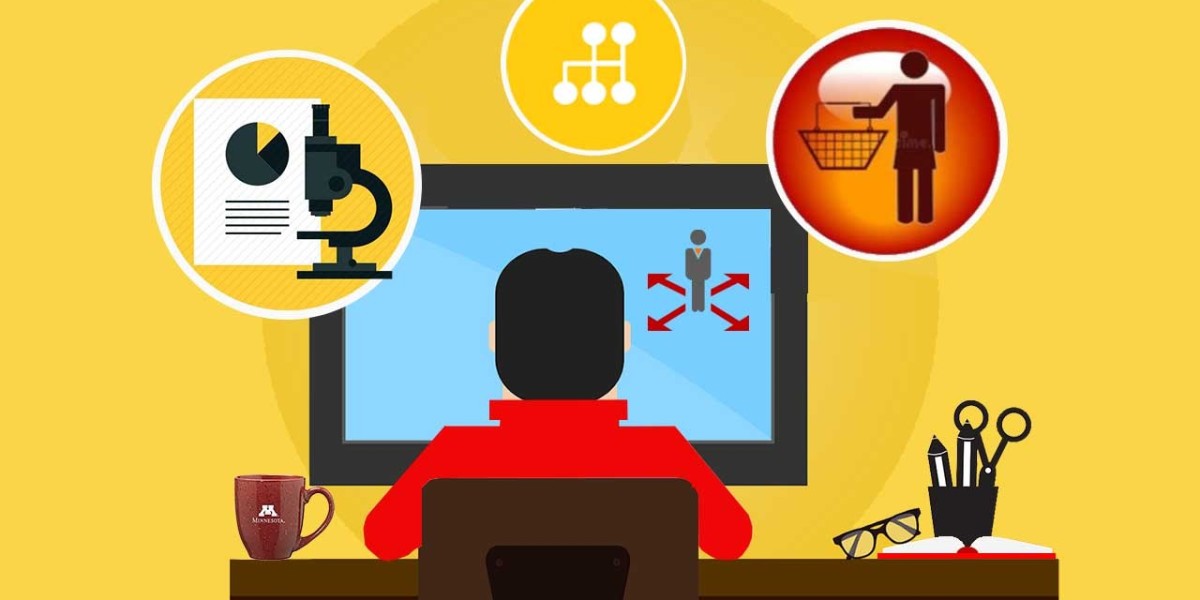Innovation demands exploring alternative methods to accomplish objectives with negligible wastage for maximum output. It has a solid relationship with operational efficiency and competitive resilience. As a result, data processing specialists must embrace more versatile techniques to accelerate and optimize insight discovery. This post will describe the future of enterprise data solutions that will assist leaders in unlocking novel avenues for business growth and meaningful innovation.
The Future of Data Solutions: Unlocking New Possibilities for Growth and Innovation
1. Artificial Intelligence and Custom Machine Learning Models for Data Operations
AI and ML have streamlined all activities that have become standard in modern data analytics workflows. In addition to aiding in metadata problem-solving and quality assurance, AI enables more efficient unstructured data sorting and transformation. Therefore, many professionals delivering data ops services have now upgraded the manual aspects of extracting and reporting dataset insights with ML-based alternative methods.
Estimating the impact of AI and ML adoption used to be difficult. However, the advent of ChatGPT has sparked intriguing conversations about the ethical aspects of enterprise data solutions. As a result, the world has a better understanding of AI integration opportunities and stakeholder objections to unregulated data operations.
Against this backdrop, ethical AI that allows for responsible insight extraction and bias reduction measures seems promising. All data specialists are also revisiting big data workflows and exploring data minimization opportunities to respond to increased regulatory oversight. On the one hand, these events can slow the analytics sectors for a short while.
During this decade, developing ethical AI and ML applications that do not hurt compliance with privacy directives will remain the top concern. At the same time, the businesses that succeed in implementing reliable AI systems will have unique advantages over their rivals who continue to struggle with balancing tech modernization with stakeholders’ data ethics expectations.
2. Selective Use of Big Data in Business Process Digitalization
Big data has mixed reception due to criticism regarding certain secondary data-gathering practices that are unacceptable to privacy-conscious consumers. On the corporate front, leaders are perplexed about costs associated with data lakes or warehouses that are vital to conducting big data workflows. In response, more usage-specific data solutions have gained momentum across all industries worldwide.
This development does not mean that big data has lost its appeal. Although some stakeholders have reported unsatisfactory results, others continue to rely on big data. After all, thriving in industries like education, healthcare, and entertainment or handling public information in some of the most populated countries is simply impossible without big data.
How can you estimate whether the big data solutions will help you meet your organization’s data needs? First, you want to study which stakeholders have found subpar results. Empirically, companies serving a finite regional market or targeting audiences speaking a few identical languages are less likely to benefit from big data.
Likewise, industries with remarkable use of legacy, paper-based documentation, and in-person customer engagement strategies will not see much worth in extensive data aggregation. However, they might embrace digitalization in the future because of an external force, like regulatory intervention, convincing them to switch to digital means.
On the flip side, global companies in the media and entertainment industry must serve broader audiences in multiple nations. Their audience profiles might have significant differences due to cultural, linguistic, and geopolitical factors. These companies will benefit the most by integrating big data solutions. The same is valid for multinational entities in the education, retail, and healthcare industries.
3. The Demand Boost for Real-Time Data Insights
Conventional computing evolved into cloud computing models to help corporate stakeholders overcome hardware bottlenecks and mitigate cybersecurity risks with the help of third parties. However, most enterprises have already migrated their systems to hybrid cloud environments. So, cloud integration is a standard practice, not something new that will increase an organization’s overall competitiveness.
Instead, leaders are more enthusiastic about real-time data visualization use cases. They involve dashboards that can conduct complex computations to reduce time-to-insight. In other words, the related technologies focus on capturing data about an event as soon as possible. The data will undergo transformation at the origin or at a remote node. Later, only the most crucial insight will be streamed to a centralization hub often hosted by the cloud.
For example, real-time insights into a company’s supply and delivery logistics will allow managerial executives to predict potential delays and swiftly select alternatives to ensure timely deliveries. Other areas where real-time data analyses and visualizations can gain more acceptance involve sports, public administration, traffic control, and disaster management.
Adequate integration of the Internet of Things (IoT) equipment and edge computing philosophies can further enhance real-time data streams. Moreover, AI tools can identify and prioritize vital details instead of streaming less relevant data over the networks. Such a combination will make live data broadcasting and near-instant dashboard updates less power-demanding and more economical.
4. Blockchain for Multiple Record-Keeping Purposes
Governments can utilize blockchains to establish trust-driven and verifiable links between citizen’s documents. Therefore, individuals can witness a reduction in formalities concerning social security benefits, national identity updates, and taxation. Additionally, legal and policing institutions have better channels to track criminals and prevent further harm they might inflict upon others.
Supply chain managers can leverage data solutions that help employ blockchains to streamline shipping, storage, contract, and compliance efforts. Similarly, healthcare enterprises will have more secure methods to preserve, verify, transfer, and update patients’ historical intelligence and insurance-related transactions.
Pharmaceutical companies will use blockchains to monitor regional demand. Banks can also use the related tech ecosystems to maintain accounting integrity. For instance, they can strategically throttle money laundering or tax evasion attempts. In these ways, data solutions that appropriately facilitate blockchain-based insight exploration will aid all stakeholders in combating fraud and creating more secure environments.
Conclusion
The future of enterprise data solutions promises ethical AI integration and real-time data insights to ensure business growth, inclusive innovation, and robust decision-making. Consequently, each industry must examine whether modern data solutions are suitable for specific goals. After all, a lack of alignment between the data strategy and enterprise objectives does not bode well for any stakeholder.
Although big data solutions have lost appeal in the eyes of regional players and small firms, global brands in a few industries will never stop relying on them. Meanwhile, investors, customers, regulatory bodies, and non-governmental organizations are expecting organizations to be more transparent about AI integration and extensive data collection. Doing so through compliant data processing is vital to upholding the privacy and expression rights of stakeholders without missing the actionable insights for business development success.








